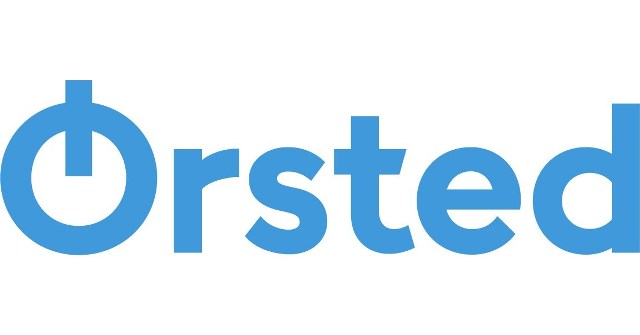
Ørsted presents updated business plan
London, 07 February 2024, (Oilandgaspress): –Ørsted’s Board of Directors has approved a business plan with the ambition of 35-38 GW of installed capacity by 2030 and updated financial targets, following the completion of a comprehensive portfolio review. The updated ambition and financial targets that Ørsted announces today confirm that Ørsted, despite the challenges in 2023, remains a global leader within offshore wind with the ambition of delivering attractive growth and returns towards 2030.
Despite strong underlying business progress, 2023 marked a year with substantial challenges for Ørsted as its US offshore projects caused significant impairments and additional costs for terminating contracts, leading to a negative impact on Ørsted’s credit metric (FFO/adjusted net debt) projections.
In response to this, Ørsted is implementing measures to ensure a robust balance sheet, supporting long-term growth and capital structure resilience towards 2030. Based on the learnings from the US offshore projects, Ørsted has also concluded an extensive review of its project portfolio and has taken actions to reduce risks.
Mads Nipper, Group President and CEO of Ørsted, says:
“We have prioritised projects within our portfolio and are implementing significant changes in our business, including revising our operating model to reduce risks. We now present a robust business plan, and with an uncompromising focus on value creation, we plan to more than double our current installed capacity of renewable energy by 2030.”

Ørsted’s fundamental strategic choices on technologies and regions are unchanged, and Ørsted still aims to be the world leader in Offshore and a regional player in Onshore and P2X in Europe and the US. However, Ørsted has revisited its portfolio to prioritise growth options with the highest potential for value creation and lower risks.
Ørsted is implementing the learnings from its US offshore projects into its operating model to reduce risks in the development and execution of projects, with a particular focus on contingency planning, monitoring of suppliers, inflation protection, scrutiny of pre-FID commitments, greater flexibility on project timelines and commissioning dates, and project governance and reviews.
Updated strategic ambition, financial targets, and financial policies
As a result of the business plan approved by Ørsted’s Board of Directors, Ørsted has updated its ambition for installed renewable capacity from approx. 50 GW to 35-38 GW by 2030, which will be more than double its current installed capacity of 15.7 GW. By 2026, Ørsted expects to have an installed capacity of approx. 23 GW.
Ørsted has also updated its financial targets for 2024-2030 and its financial policies to reflect the new strategic ambition for installed capacity by 2030 (targets announced in June 2023 in parentheses):
- Ørsted maintains its target of an unlevered, fully loaded lifecycle IRR at 150-300 bps spread to WACC when we bid in tenders or take FIDs (whichever comes first).
- Ørsted expects EBITDA (excluding new partnerships) to increase to approx. DKK 39-43 billion in 2030, corresponding to an annual growth (CAGR) of 8 % in the period 2023-2030 (previously DKK 50-55 billion in 2030, corresponding to a targeted annual growth of 13-14 %).
- Ørsted expects to achieve a return on capital employed (ROCE) of approx. 14 % on average during 2024-2030 (previously approx. 14 % on average during 2023-2030).
- Ørsted is committed to a solid investment grade credit rating with an FFO/NIBD ratio above 30 % (previously an FFO/NIBD above 25 %).
- Ørsted has decided to pause dividends for the financial years 2023, 2024, and 2025. Hereafter, the target is to reinstate dividends from the financial year 2026.
Ørsted plans a DKK 270 billion investment programme in the period 2024-2030, of which Ørsted expects to invest approx. DKK 130 billion by 2026.
The business plan is fully financed without any need for raising new equity. It is financed through a combination of operating cash flow, partnerships and divestments, tax equity, as wells as debt and hybrid issuance.
Ørsted continues to be fully committed to a sustainable build-out that creates further positive impact on nature and society, going beyond decarbonising energy systems. Ørsted has taken considerable steps with its suppliers to decarbonise its whole supply chain and is progressing towards its science-based targets of reducing carbon emissions by 98 % (scopes 1 and 2) in 2025 and achieving net-zero for the entire value chain in 2040.
Information Source: Read More “
Energy Monitors , Electric Power , Natural Gas , Oil , Climate , Renewable , Wind , Transition , LPG , Solar , Electric , Biomass , Sustainability , Oil Price , Electric Vehicles,

